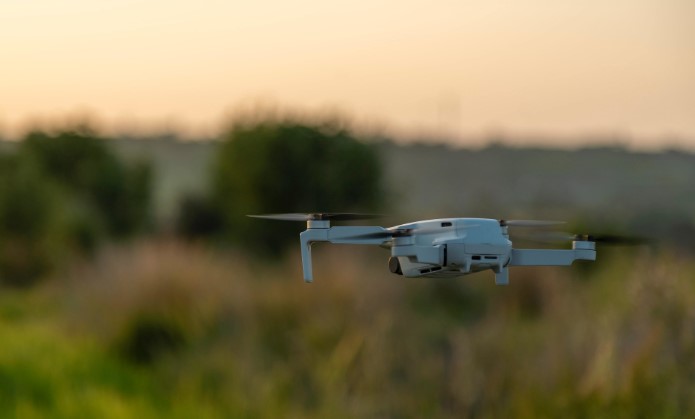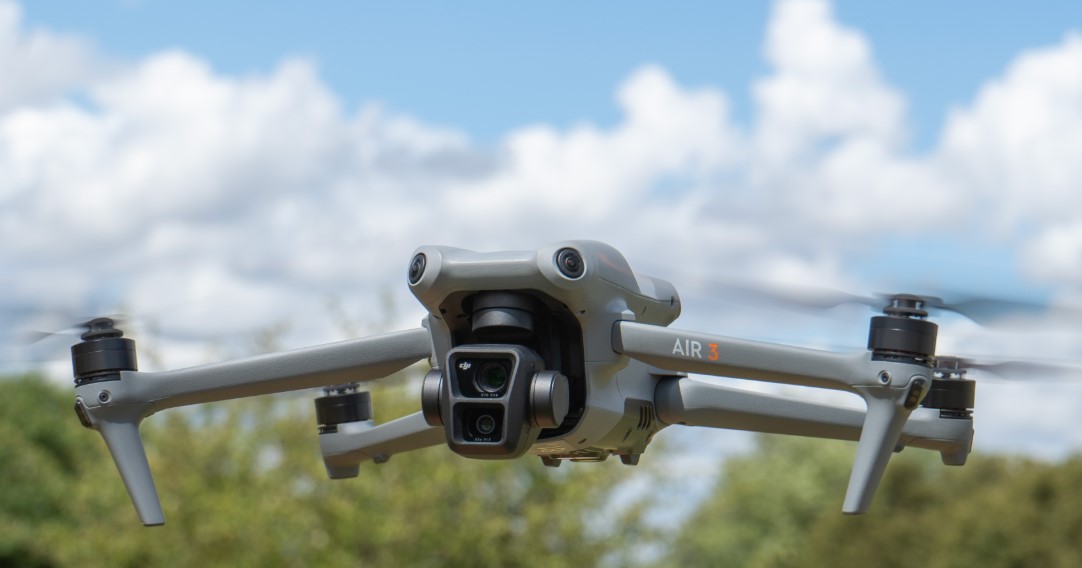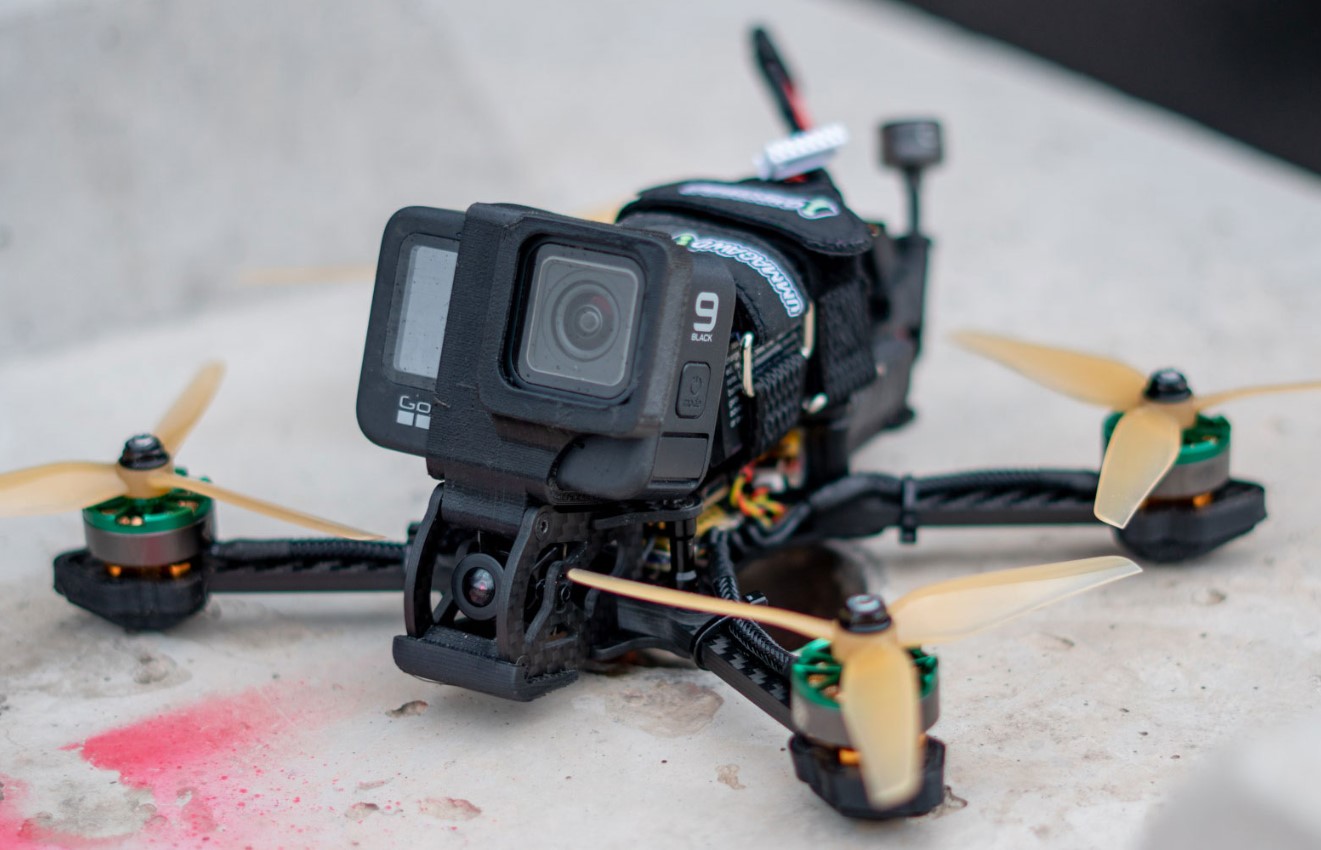Is drone allowed in airport? Drones, also known as unmanned aerial vehicles (UAVs), have revolutionized numerous industries, from aerial photography to agriculture and logistics. However, the rising popularity of drones has raised concerns about their potential risks, especially around sensitive areas like airports. This article delves into the regulations surrounding the use of drones near airports, why these rules are essential, and the penalties for non-compliance. Follow Dronevoz.com !!!
Understanding Drone Usage Near Airports
Airports are high-risk zones where the safe operation of manned aircraft is paramount. Drones, regardless of size, can interfere with aircraft operations, posing significant safety risks. The small size and high speed of drones make them difficult for pilots to detect, especially during critical phases of flight such as takeoff and landing.
A drone collision with an aircraft can damage engines, windshields, or fuselage, potentially endangering passengers and crew. To mitigate these risks, most countries enforce stringent regulations on drone usage near airports.
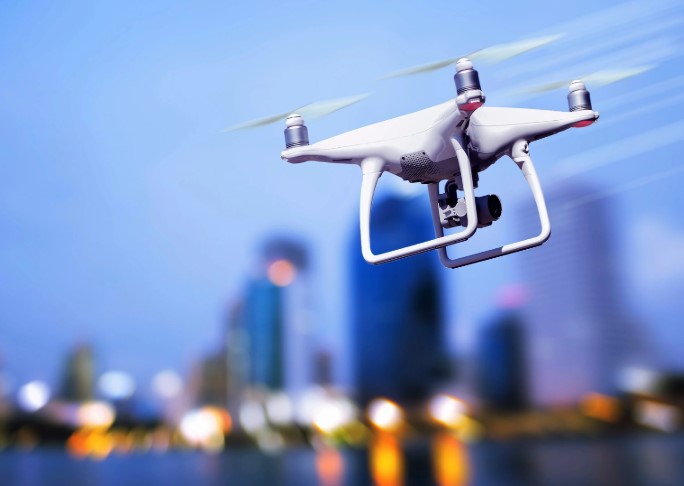
Are Drones Allowed in Airports?
In most countries, drones are not allowed to be flown in airports or within a specific proximity to them. Airports are high-security zones where air traffic is tightly controlled to ensure passenger safety. Drones, if operated recklessly or near flight paths, pose a severe risk to aircraft, leading to potential collisions or interruptions in operations. Regulatory bodies like the Federal Aviation Administration (FAA) in the United States and the European Union Aviation Safety Agency (EASA) in Europe have strict guidelines that prohibit drone operations near airports without explicit permission.
Legal Framework for Drone Use Near Airports
The legality of flying drones near airports varies across countries, but international standards are often based on guidelines from organizations like the International Civil Aviation Organization (ICAO) or local civil aviation authorities.
General Guidelines
- Restricted Zones:
- Most countries prohibit flying drones within a certain radius of airports, typically 5 kilometers (3 miles).
- No-fly zones are often enforced through geofencing technology built into drones.
- Altitude Restrictions:
- Drones are generally restricted to a maximum altitude of 400 feet (120 meters) above ground level to avoid interference with manned aircraft.
- Permission Requirements:
- Flying a drone near an airport often requires explicit permission from aviation authorities.
- Commercial drone operators may need additional certifications or licenses.
>>> Read: Do You Need a License for a Drone Under 250g?
Country-Specific Regulations
United States
The Federal Aviation Administration (FAA) strictly regulates drone operations near airports:
- No-fly Zones: Operating a drone within 5 miles (8 kilometers) of an airport requires notification to the airport operator and air traffic control (ATC).
- LAANC Approval: The Low Altitude Authorization and Notification Capability (LAANC) allows drone operators to request and receive near real-time authorization for flights in controlled airspace.
- Penalties: Unauthorized drone operations near airports can result in fines up to $25,000 and potential criminal charges.
United Kingdom
The UK’s Civil Aviation Authority (CAA) enforces similar restrictions:
- Drones must not be flown within a Flight Restriction Zone (FRZ) around airports unless prior permission is obtained.
- The FRZ typically extends 2 to 2.5 nautical miles from the airport.
European Union
The European Union Aviation Safety Agency (EASA) requires drones to comply with specific operational categories:
- Open Category: Drones must not be flown near airports.
- Specific Category: Requires a detailed risk assessment and authorization for operations in controlled airspace.
Other Countries
Countries like Canada, Australia, and India have implemented similar rules, often with slight variations in the restricted zones and operational requirements.
Why Are Drones Restricted Near Airports?
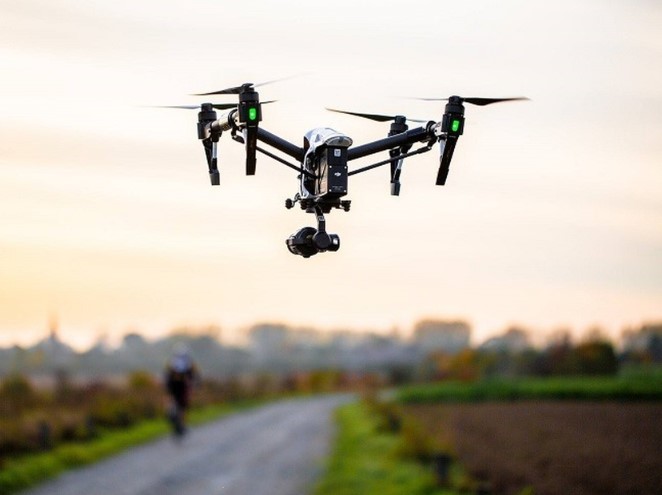
There are several reasons why drone usage is restricted near airports:
- Risk of Mid-Air Collisions: Drones share the same airspace as commercial and private aircraft. A drone collision with an airplane can have catastrophic consequences, including damage to critical systems or even loss of control.
- Disruption of Flight Operations: Unauthorized drones near airports often lead to flight delays or cancellations. For instance, in 2018, drone sightings near London Gatwick Airport caused the temporary suspension of all flights, affecting over 140,000 passengers.
- Security Threats: Airports are sensitive areas, and drones could be exploited for malicious purposes, such as smuggling, espionage, or even terrorism.
- Pilot Distractions: Drone sightings can distract pilots during critical phases of flight, such as takeoff and landing, increasing the risk of accidents.
Recent Incidents of Drone Interference
Numerous incidents worldwide highlight the dangers of drones near airports:
- Gatwick Airport, UK (2018): Drone sightings caused massive disruptions, grounding over 1,000 flights and affecting 140,000 passengers.
- Dubai International Airport, UAE (2016): Unauthorized drone activity temporarily halted operations, resulting in delays and financial losses.
- Newark Liberty International Airport, USA (2019): Flights were diverted after drones were spotted near the airport.
These incidents underscore the need for stringent enforcement of drone regulations.
How to Operate Drones Safely Near Airports
If you need to fly a drone near an airport for legitimate reasons, follow these steps:
- Understand Local Laws: Research the specific regulations for your region.
- Request Authorization: Contact the relevant aviation authority for permission.
- Use Technology:
- Install apps like AirMap to identify no-fly zones.
- Use drones equipped with geofencing to prevent accidental entry into restricted areas.
- Maintain Communication: Stay in contact with ATC if required.
- Fly Responsibly: Avoid flying at night or in poor weather conditions near airports.
Conclusion
The question, “Is drone allowed in airport?” can be answered with a resounding “No” in most cases, except with explicit permission. Strict regulations are in place to protect the safety of manned aircraft and passengers. Understanding and adhering to these rules is not only a legal obligation but also a moral one.
Whether you are a recreational user or a professional drone operator, staying informed about local laws and technological advancements is essential. Safe and responsible drone use ensures that these devices can continue to benefit society without compromising safety.
By following the outlined guidelines and respecting no-fly zones around airports, drone enthusiasts can avoid legal troubles while contributing to the safe coexistence of manned and unmanned aviation.
>>> Read: Is Drone Camera Legal in India?
